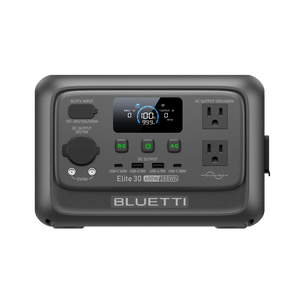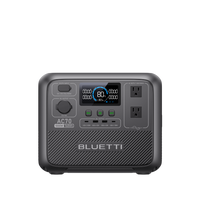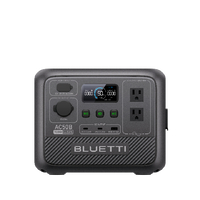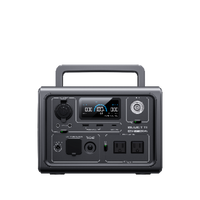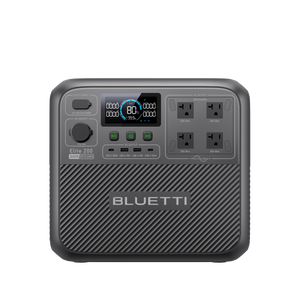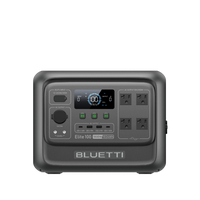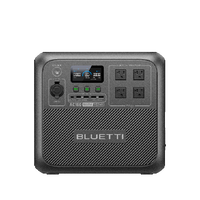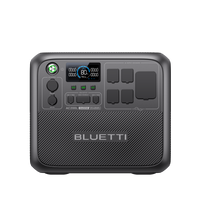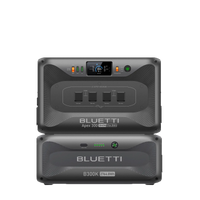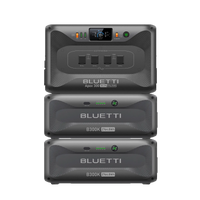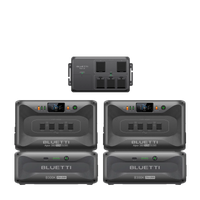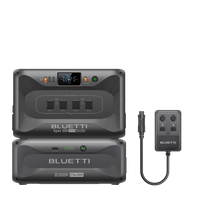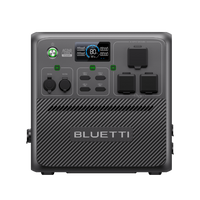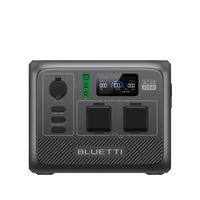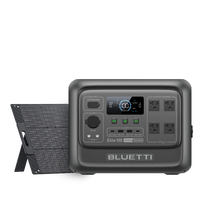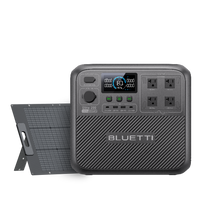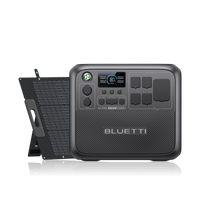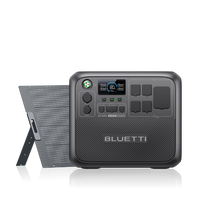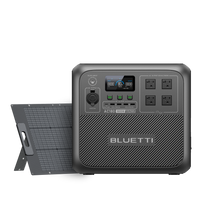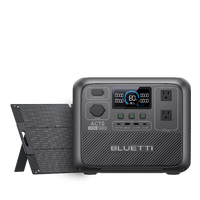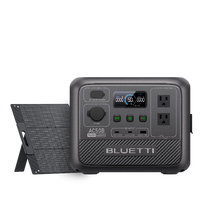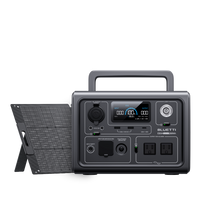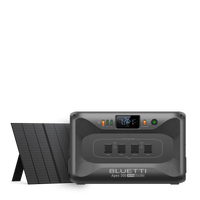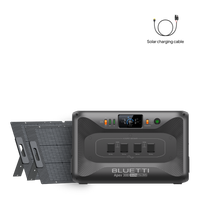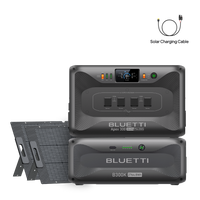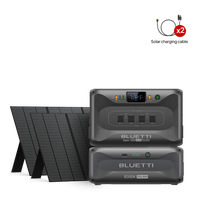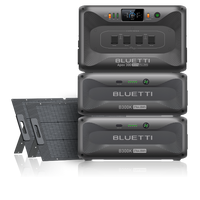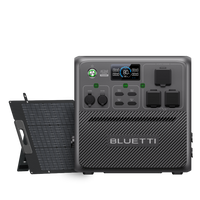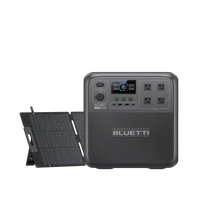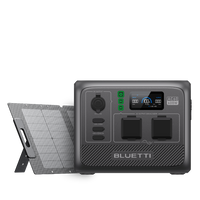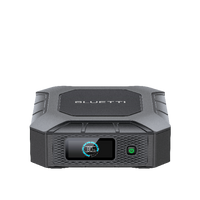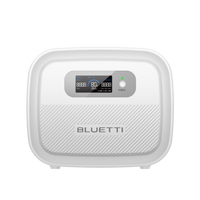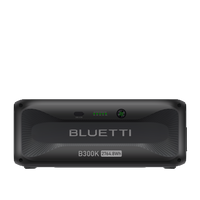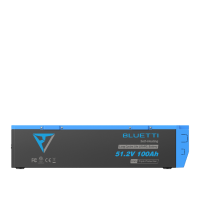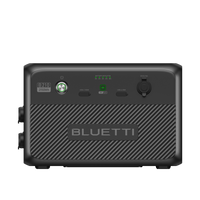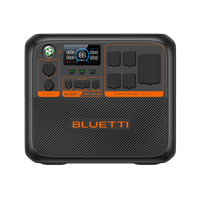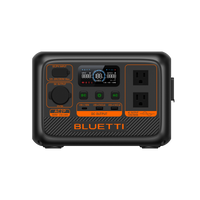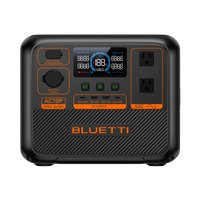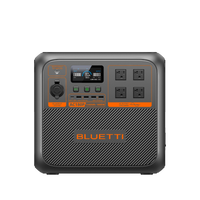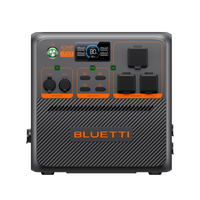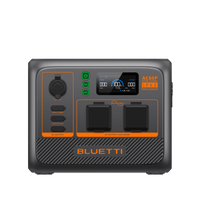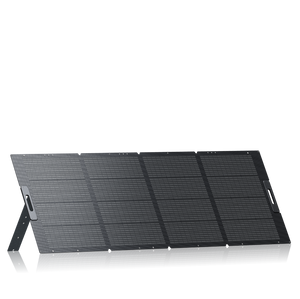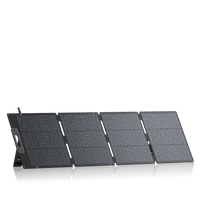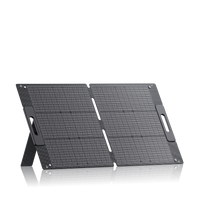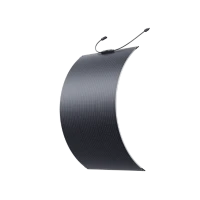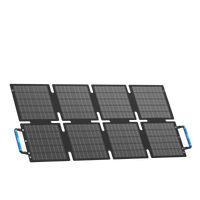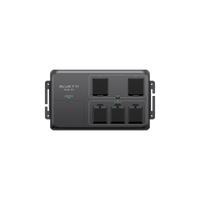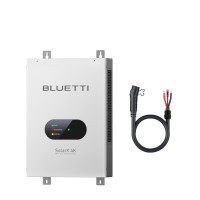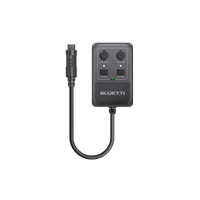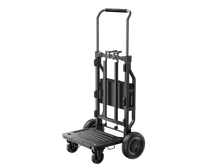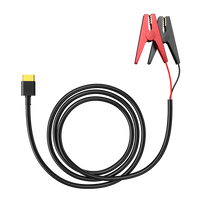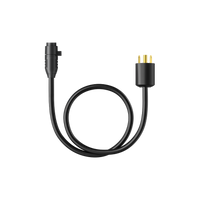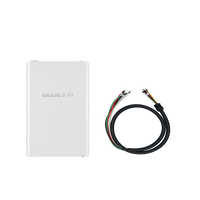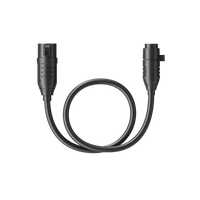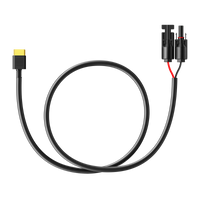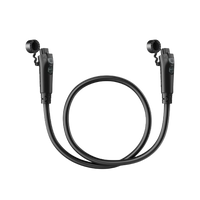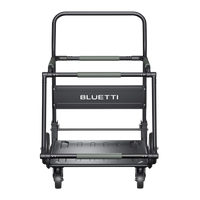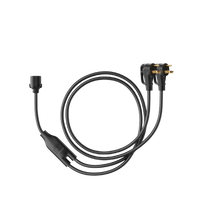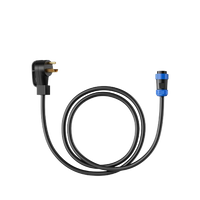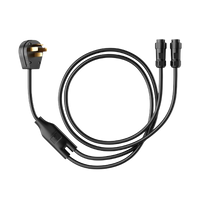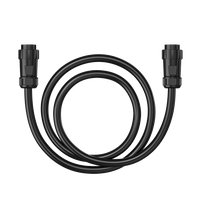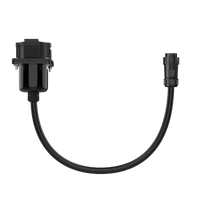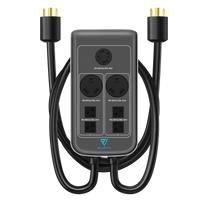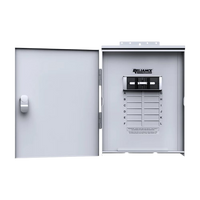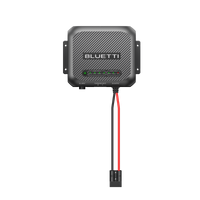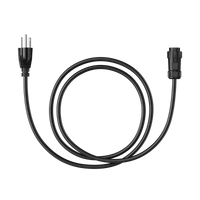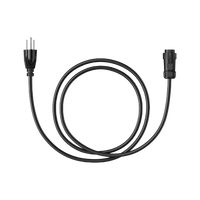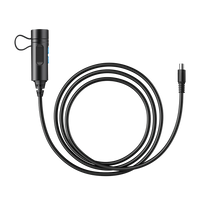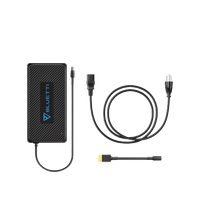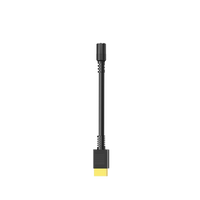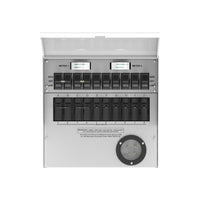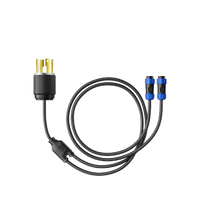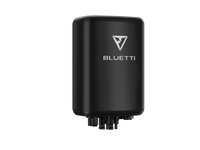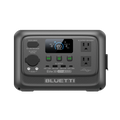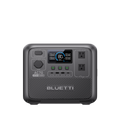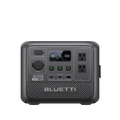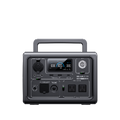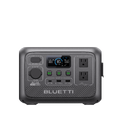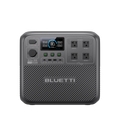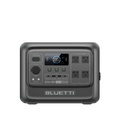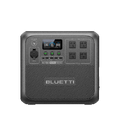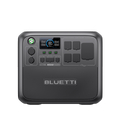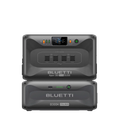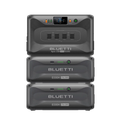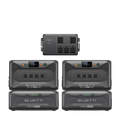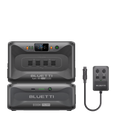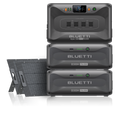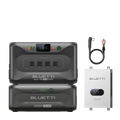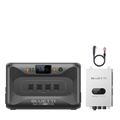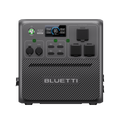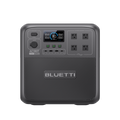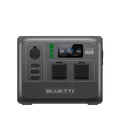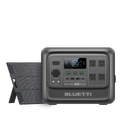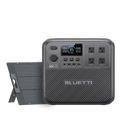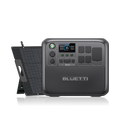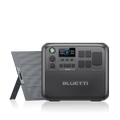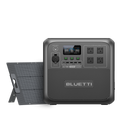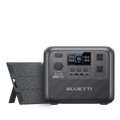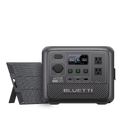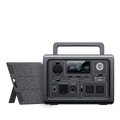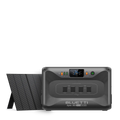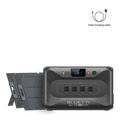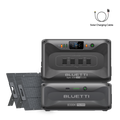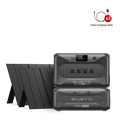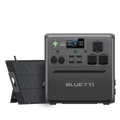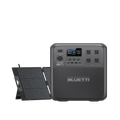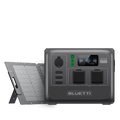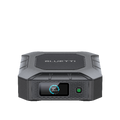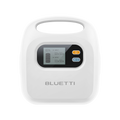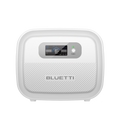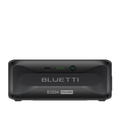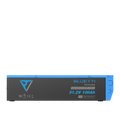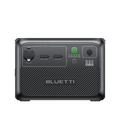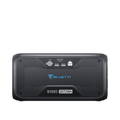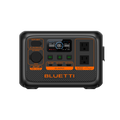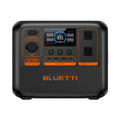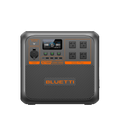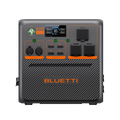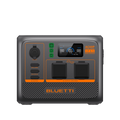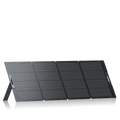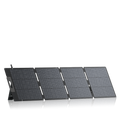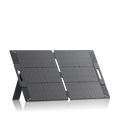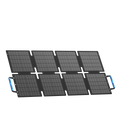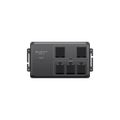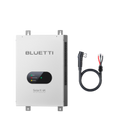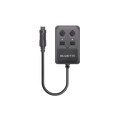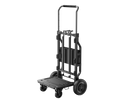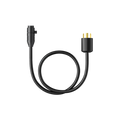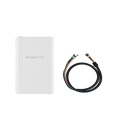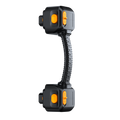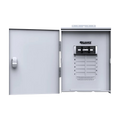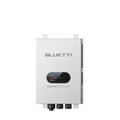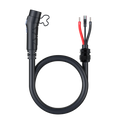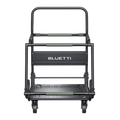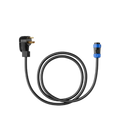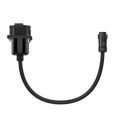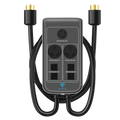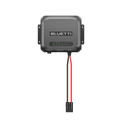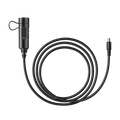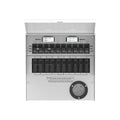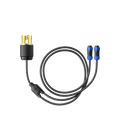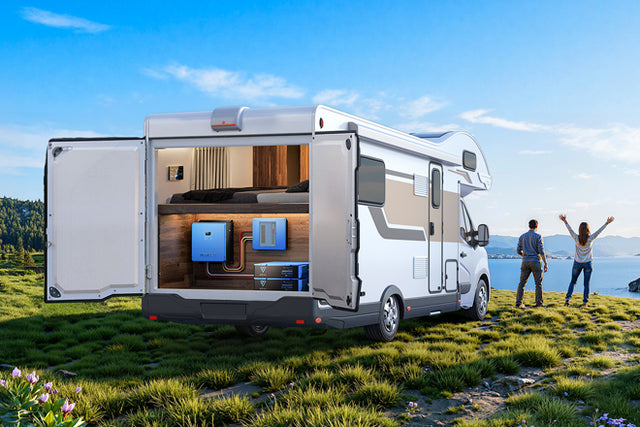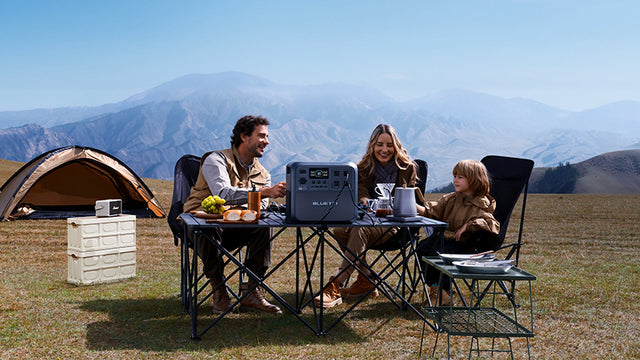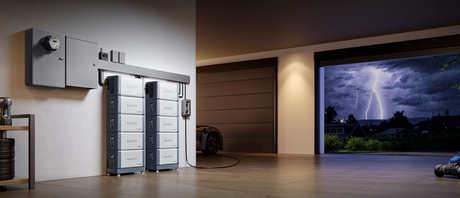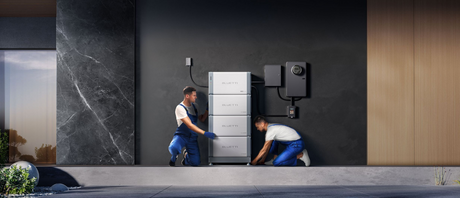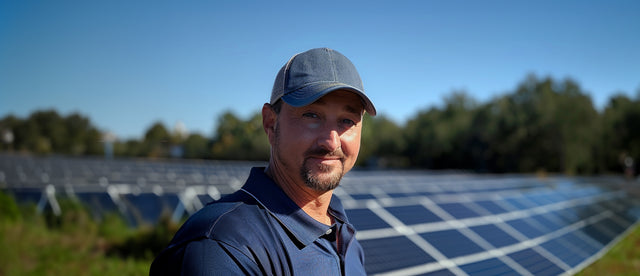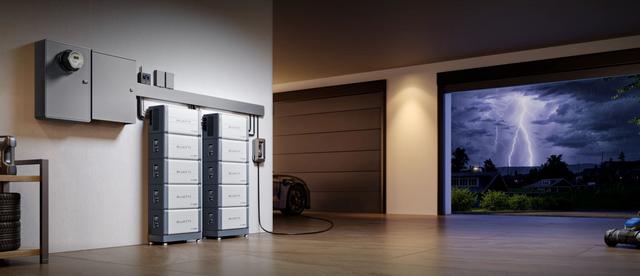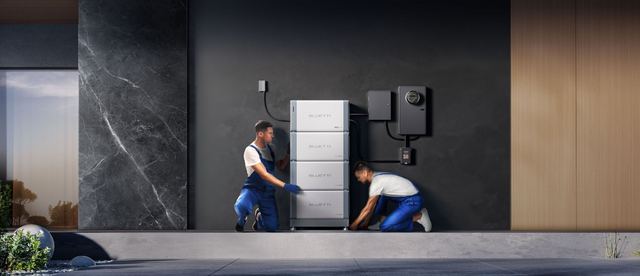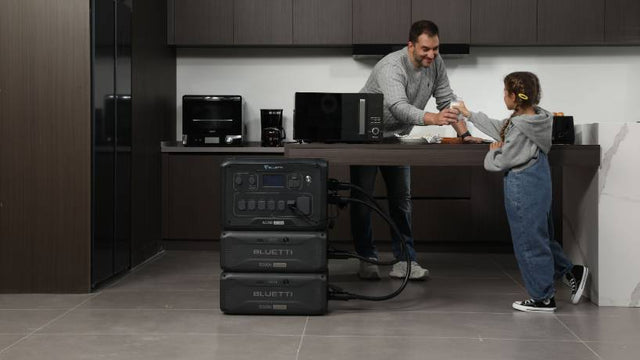Your cart is empty
Shop our productsElectricity isn't cheap anymore. Open any utility bill in 2025, and you'll probably raise an eyebrow. With energy costs climbing, one of the sneaky drains on your bill could be sitting right in front of you: the humble computer. Whether you're team laptop or team desktop, you've probably wondered: how much juice is this thing actually pulling? Or more specifically: how many watts does a laptop use compared to a desktop?
It's not just about saving a few bucks on bills. Power consumption affects battery life, how long you can stay off-grid, and even whether your backup system can keep things running when the lights go out. Knowing the numbers gives you control—because let's face it, nobody wants their computer to die mid-Zoom call or during a late-night gaming session.
So, let's break it down, laptop versus desktop, energy by energy, watt by watt.
Key Things That Make Your Computer Use More Or Less Power
Computer power draw isn't one-size-fits-all. Two laptops can have vastly different power consumption depending on their hardware and usage. What makes the difference?
Hardware Guts
Processors and graphics cards are the heavy hitters. An ultralight laptop with an efficient chip will barely tickle your electric meter, while a desktop stacked with a powerful GPU and liquid cooling system can sound like a space heater. The type of storage matters too—SSDs use less power than old-school spinning hard drives. Even RAM size can change things slightly. The bigger the hardware appetite, the more watts you're burning.
What You're Doing
Idle browsing with a dozen tabs open is very different from rendering a 4K video or playing Cyberpunk 2077 with ray tracing maxed out. Idle use keeps wattage low. Demanding tasks? That's when numbers spike. Gaming, video calls, and streaming—all pile on extra load. Think of your computer like a car: cruising on an empty road versus flooring it uphill. Same machine, totally different gas mileage.
Screens and Brightness
Screen size matters. A 13-inch laptop display uses far less energy than a 32-inch external monitor. And if your brightness is always maxed out, expect your power draw to creep higher. Fun fact: dropping brightness by even 20% can shave a few watts, and over time, those savings add up.
Add-ons and Peripherals
Keyboards that light up like Christmas trees, external hard drives, and VR headsets all add to the tally. Desktops usually win (or lose, depending on how you see it) here since people tend to plug in a lot more extras.
Software and Settings (The Hidden Culprit)
Here's something people forget: your software can be a power hog. Apps that constantly sync in the background, dozens of startup programs, or even bloated antivirus tools quietly chew up resources. That means more CPU cycles, more fan activity, and, you guessed it, more watts. Cleaning up unnecessary programs or setting your system to "balanced mode" can trim your usage without sacrificing much performance.
Each piece of hardware or background software increases power consumption, draining energy over time. Think of it this way: every piece of hardware you add is like another straw in your energy drink, but every software running in the background is like someone sipping when you're not looking. Both drain you faster than you realize.
How Many Watts Does a Laptop Really Use?

This is the part where most people lean in. Because laptops are marketed as energy-efficient, but is that really true?
On average, laptops sip anywhere from 15 to 60 watts when idle, bumping up to 30 to 100 watts for typical use (browsing, streaming, spreadsheets). Push them hard with gaming or heavy editing, and those numbers can jump. High-performance gaming laptops can spike at 200 watts or more.
Real-world Examples
- MacBook Air: as low as 10–30W in normal use.
- Standard work laptop: hovers around 30–70W.
- High-performance gaming laptop: 100–250W under pressure.
If you're using your laptop about 8 hours a day, you're looking at around 0.5 to 2 kWh daily. Multiply that by 30 days, and it's clear why you should know exactly how many watts a laptop uses.
Laptops are designed to prioritize energy efficiency. Mobile processors are built to balance performance and battery, meaning your laptop's power usage is usually 50–70% lower than a desktop doing the same job.
What makes laptops impressive is how they stretch their watts. A 60W laptop charger sounds tiny compared to a 500W desktop power supply, yet you can still run spreadsheets, video calls, and even light gaming on that little adapter. That's engineering at work. And remember, your battery isn't just for mobility; it's also a built-in safety net. If the power goes out, a desktop goes black instantly, while a laptop keeps running.
So if your main question is how many watts a laptop uses, the answer isn't just "less than a desktop." It's that laptops make those watts count more effectively.
How Much Electricity Does a Desktop Actually Use?

Desktops consume significantly more power than laptops. When idling, desktops often start at 50–150 watts. Fire up some real work, and they'll climb into the 200–500W range. Custom-built rigs or machines loaded for high-end gaming? Easily 800–1,000 watts or more if you've got multiple GPUs running.
Examples in Practice
- Basic office desktop: 60–100 W, not too scary.
- Mid-range gaming PC: 300–500W.
- High-end desktop with dual GPUs: 700–1,000W+.
Add an external monitor—say, 24 to 32 inches—and tack on another 50-100 watts.
Run that setup for 8 hours a day, and you're easily chewing through 2-5 kWh daily. That's up to 150 kWh a month, which adds up on your bill quickly.
Desktops are like muscle cars: they burn more fuel, but they also deliver raw power you can't always get from a laptop. If you're gaming at ultra settings, editing 8K video, or running 3D modeling software, you'll see those watts vanish in real time. And cooling systems, fans, liquid cooling, and RGB lights aren't free either. They all add to the pull.
That's why people comparing desktops to laptops often circle back to the same question: how many watts does a laptop use compared to a desktop? The gap isn't just numbers on a chart; it's money on your bill, backup runtime in an outage, and whether your portable power station survives the night or not.
Laptop vs Desktop Power Consumption at a Glance
|
Category |
Laptop |
Desktop |
|
Idle Power Draw |
15–60W |
50–150W |
|
Typical Use (Browsing/Work) |
30–100W |
200–300W |
|
Heavy Use / Gaming |
100–250W |
300–800W+ |
|
Extreme Builds (Custom rigs, multi-GPU) |
~200W max |
800–1,000W+ |
|
Monitor Power |
Built-in |
+50–100W per screen |
|
Daily Usage (8 hrs) |
0.5–2 kWh |
2–5 kWh+ |
|
Monthly Electricity Cost (avg. $0.15/kWh) |
$5–20 |
$20–50+ |
|
Backup Runtime on 500Wh Power Station |
4–10 hrs |
1–3 hrs |
Laptops vs. Desktops: Head-to-Head

So let's put this in plain English.
- Efficiency: Laptops are power-saving machines. They are designed to do so, frequently consuming 50%-70% of the power, compared to desktops.
- Performance per watt: Desktops technically deliver more muscle per watt because they aren't restricted by battery limitations.
- Extras: Don't forget, desktops need external monitors, which can tack on another 100W. Laptops don't.
- Bills and portability: If you're energy-conscious or traveling off-grid, laptops are hands down easier to support.
It really comes down to use cases. If you're editing an 8K video all day, a desktop makes sense. But if you're asking yourself about laptop power consumption because you're planning to run off a backup power station, the laptop wins, no contest.
Measuring And Reducing Usage
Want to know your exact numbers? Grab a plug-in power meter. They're cheap and tell you exactly what your system is pulling. Once you know, you can make tweaks.
Easy power-saving tricks
- Enable sleep mode when the computer is idle.
- Reduce screen brightness to save power.
- Undervolt the CPU for advanced users.
- Choose Energy Star-certified models.
And here's the money bit: cost calculation. Say electricity is $0.15 per kWh.
- Laptop running 8 hours daily: ~$5–20 a month.
- Desktop doing the same: ~$20–50+, depending on hardware.
That's why so many people care about how many watts a laptop uses. A few extra watts here and there add up fast.
Implications For Portable Power
Here's where it gets real in 2025. Portable power stations and backup systems are booming because blackouts, remote work, and off-grid lifestyles are all trending.
Let's look at scenarios:
- Laptop with a 500 Wh portable station: can last 4–10 hours depending on workload. That's a full day of work in the woods or through a blackout.
- Desktop with the same 500Wh station: maybe 1–3 hours, tops, and that's if you're not running an external GPU or giant monitor.
This is why when you're thinking about off-grid setups or emergency preparedness, the laptop is way easier to keep alive. Again, this circles back to the issue, laptop wattage, because those watts translate directly into how long you'll actually stay powered.
Best Backup Options For Laptops and Desktops
Portable power stations are your new best friend, in case you are serious about running your computer during outages or when you are on the road. We can vouch for two amazing options:
BLUETTI Elite 100 V2 Portable Power Station

Fits perfectly with laptops, tablets, phones, and smaller devices. It is lightweight, charges fast, and is powerful enough to run your laptop all day. The BLUETTI Elite 100 V2 Portable Power Station is so powerful that you can actually charge more than two devices at the same time, which is why you do not have to decide whether to charge your phone or laptop first. Perfect when you work remotely or are a student and hate having a cable attached to the wall.
BLUETTI Apex 300 Home Backup Power

When desktops or whole-home backup is the goal, this beast is worth considering. With expandable capacity and serious output, the BLUETTI Apex 300 Home Battery Backup can handle desktops, external monitors, and even some household essentials. Think of it as insurance against power cuts—it'll keep your workflow steady and your home humming.
Both products give you the flexibility to answer that everyday question—how much power do I actually need?
How They Stack Up
|
Feature |
Elite 100 V2 |
Apex 300 |
|
Best For |
Laptops, tablets, phones, travel |
Desktops, gaming PCs, home backup |
|
Capacity |
1024Wh |
2,764.8Wh (expandable up to 58kWh) |
|
Output Power |
1,800W (Peak 3,600W) |
3,840W (Power Lifting up to 7,680W) |
|
Weight |
~25 lb |
~84 lb |
|
Portability |
Easy to carry, dual handles |
Bulkier, suited for home/RV |
|
UPS Function |
10 ms switch |
0 ms seamless switchover |
|
Charging Speed |
80% in 1 hr (TurboBoost) |
80% in ~45 min (AC fast charge) |
|
Ideal Scenario |
Remote work, camping, off-grid laptops |
Power-hungry desktops, entire rooms, home essentials |
Quick Takeaway
- Laptop user? Go Elite 100 V2. Light, fast, and reliable, it keeps you running through a workday without breaking your back.
- Desktop or whole-home setup? The Apex 300 is the clear winner; it's like having a personal power plant.
- Both options give you independence from the grid, so you're covered for blackouts, camping trips, or that surprise deadline when your neighborhood transformer blows.
Final Word
At this point, the answer to the question, "How many watts does a laptop use?" must be obvious. Desktops are power-hungry monsters. Laptops are smooth, effective, and controllable, making them preferable for cutting costs and ensuring mobility during blackouts.
Desktops still have their place—raw power, upgradability, and serious multitasking. But in a world where energy efficiency is king, laptops usually come out ahead.
And with portable stations like the BLUETTI Elite 100 V2 and Apex 300 in your arsenal, you'll never have to worry about your system going dark when you need it most.
Shop products from this article
Be the First to Know
You May Also Like

Solar vs. Wind Power: Which Is Better for You?

